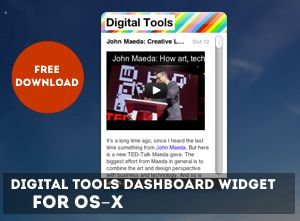Are this good or bad news? For me, the news are bad. Lego lost its “trademark protection” of their colored bricks. In theory now everyone can produce those colored bricks, that are iconic and build more than two generations from children to still playing grown-ups. To be honest: Lego always had a quite restrictive idea of maintaining their copyrights, but on the other hand, they fully supported the community of fans, and even maintained some themselves. For example check the nxtbot.com website (originally sponsored by Lego, now independent) or the E-Klocki-Community.
The BBC-News writes:
“The EU’s Court of First Instance on Wednesday upheld a 2004 EU decision to cancel the brick’s trademark status. The trademark was registered in the EU in 1999, but rival Canadian toy firm Mega Brands – which makes Mega Bloks – successfully challenged it.”

Picture by Evil Mad Scientist
The EU said, that the bricks from Lego have a functional, technical shape, and therefore can not be protected by trademark. “The functional shape must be available for everyone.” Charlotte Simonsen, spokeswoman from Lego, already said, that they will go against this ruling and that they will take it to the highest court of the EU. I wish the Lego-people all the best. Don’t get me wrong here, I normally are totally against restrictive copyrights, but I think that Lego are far more than just a product. They are a class of its own and it would be a rich trip of horror to see cheap bricks as mobile-phone accessories, low-quality children toys or other plastic junk, that do not meet the quality standards.







